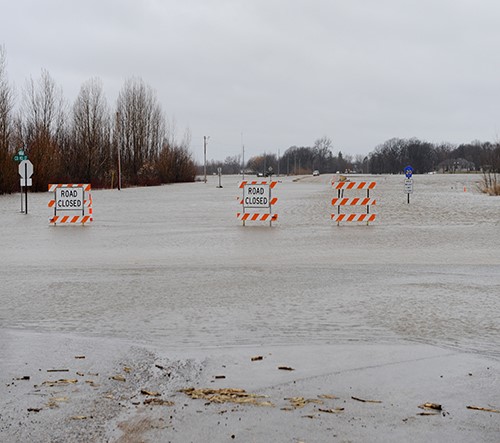
Rivers rise. The ground is saturated. Levees fail. Floods happen, and they happen beside rivers, along the coasts, in deserts and in city streets. Flooding might be a fact of nature but that does not mean you have to lose your business and possessions to flood waters.
It is never too early to prepare. Because September is National Preparedness Month, it is a good time to think about emergency planning. Don’t Wait. Communicate. Make an Emergency Communication Plan.
That is why the Food Safety and Inspection Service (FSIS) developed the “Flooding: A Checklist for Small and Very Small Meat, Poultry and Egg Inspection Processing Plants.” This brochure has simple and inexpensive steps that you can take right now to protect your business and employees from disaster.
Every state is at risk from a flood and it is critical that every plant is aware of flood hazards no matter where they are located. It is especially vital if your business is in a low-lying area, near water or downstream from a dam.
This brochure covers what you can do to prepare for a flood, respond to a flood that has occurred and the steps your business can take to begin the recovery process if the worst happens.
Every page is filled with steps you can take to prepare your facilities and employees, and the products your plant produces. The flooding brochure is available on the web at http://www.fsis.usda.gov/wps/wcm/connect/5ac6e4ee-7850-4366-8010-c146c6d56f52/Flooding_Brochure.pdf?MOD=AJPERES.
Flooding can happen at any time of the year and it is important that your business be prepared and ready to handle the event. Once the flood waters start rising, it is far too late to take action.
